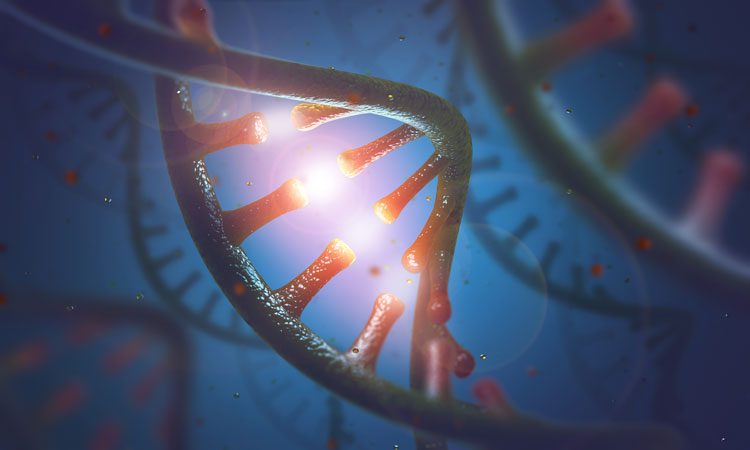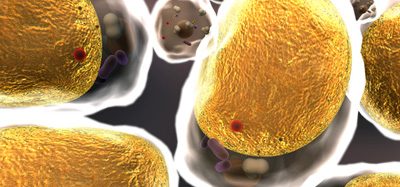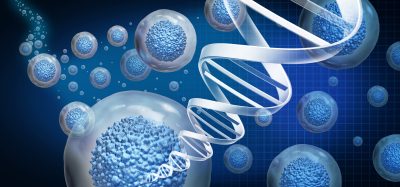Method to reactivate ‘tumour suppressor’ genes discovered
Posted: 24 September 2019 | Rachael Harper (Drug Target Review) | No comments yet
A new method to reactivate ‘tumour suppressor’ genes switched off by cancer cells could lead to new targeted biotherapies for cancer.


A method to reactivate ‘tumour suppressor’ genes has been developed, which are switched off by cancer cells. This could lead to new targeted biotherapies for cancer.
The researchers at UCL Cancer Institute, UK and the Cancer Research UK UCL Centre aimed to identify ways to block the function of a regulatory protein called PRC2 (Polycomb repressive complex 2).
Healthy cells use PRC2 to silence genes but cancer cells ‘hijack’ this function to switch off ‘tumour suppressor’ genes. When active, these genes stop cells from dividing, so it is possible that if PRC2 is removed from these genes it could halt tumour growth.
The researchers found that PRC2 also binds to RNA using healthy cells grown in the lab. When PRC2 binds RNA, it can no longer bind and silence the gene.
Using cancer cells in the lab, the researchers used the protein Cas9 endonuclease dead (dCas9) to attach RNA to silenced tumour suppressor genes. The RNA specifically removed PRC2 from the tumour suppressor gene to which it was attached, reactivating the gene and stopping the cancer cells from dividing.
“Our discovery provides a way to precisely reverse cancerous gene silencing events, while leaving other genes switched off as they are supposed to be,” said Professor Richard Jenner at UCL Cancer Institute and lead author of the study. “The next steps are to test which cancer types this could be applied to and to develop a method that could be used to deliver the RNA and gene targeting agent to cancer cells in patients.”
The study was published in Nature Structural and Molecular Biology.
Related topics
Biotherapeutics, Disease Research, Gene Testing, Protein, Research & Development, RNAs
Related conditions
Cancer
Related organisations
Cancer Research UK UCL Centre, UCL Cancer Institute
Related people
Richard Jenner








